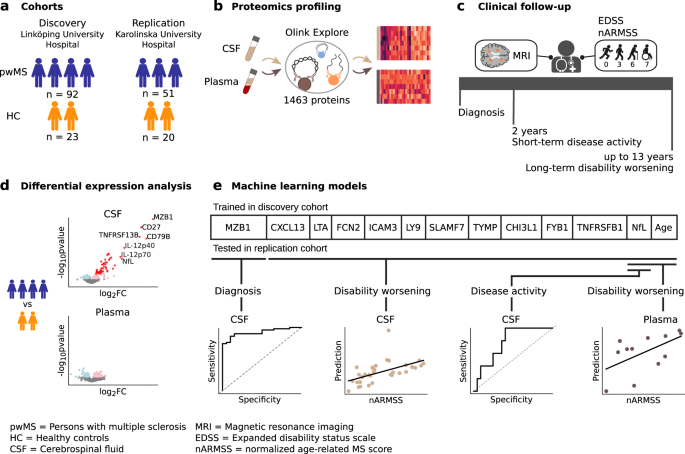2024-01-08 マックス・プランク研究所
◆高齢化する人口に対してますます少ない家族がケアを提供しなければならなくなり、親戚の数が減少することが世界的な課題となるでしょう。
<関連情報>
- https://www.mpg.de/21339364/0108-defo-families-will-change-dramatically-in-the-years-to-come-154642-x
- https://www.pnas.org/doi/10.1073/pnas.2315722120
すべての国の親族関係の予測 Projections of human kinship for all countries
Diego Alburez-Gutierrez, Iván Williams, and Hal Caswell
Proceedings of the National Academy of Sciences Published:December 19, 2023
DOI:https://doi.org/10.1073/pnas.2315722120

Significance
Rapid demographic change is expected to transform the supply of kin worldwide. Changes in the size and composition of kinship networks matter because relatives provide important informal support by exchanging resources and time, even in settings with advanced welfare systems. But kin supply does not equal kin availability. For example, we project that great-grandparents will be more common in the future, but they may be too old and frail to provide support. Individuals in the future will face increasing demands for informal care from kin worldwide, albeit with significant regional variation. Our findings support the calls for more investment in childcare and old-age care to alleviate the burden of individuals aging with fewer kinship resources to rely on.
Abstract
Demographers have long attempted to project future changes in the size and composition of populations, but have ignored what these processes will mean for the size, composition, and age distribution of family networks. Kinship structures matter because family solidarity—a crucial source of informal care for millions of people around the world—is conditional on kin being alive. Here, we present innovative projections of biological kin for the 1950 to 2100 period and discuss what they imply for the availability of informal care. Overall, we project that the number of living kin for individuals will decline dramatically worldwide. While a 65-yo woman in 1950 could expect to have 41 living kin, a 65-yo woman in 2095 is projected to have just 25 [18.8 to 34.7] relatives (lower and upper 80% projection intervals). This represents a 38% [15 to 54] global decline. The composition of family networks is also expected to change, with the numbers of living grandparents and great-grandparents markedly increasing, and the numbers of cousins, nieces and nephews, and grandchildren declining. Family networks will age considerably, as we project a widening age gap between individuals and their kin due to lower and later fertility and longer lifespans. In Italy, for example, the average age of a grandmother of a 35-yo woman is expected to increase from 77.9 y in 1950 to 87.7 y [87.1 to 88.5] in 2095. The projected changes in kin supply will put pressure on the already stretched institutional systems of social support, as more individuals age with smaller and older family networks.


